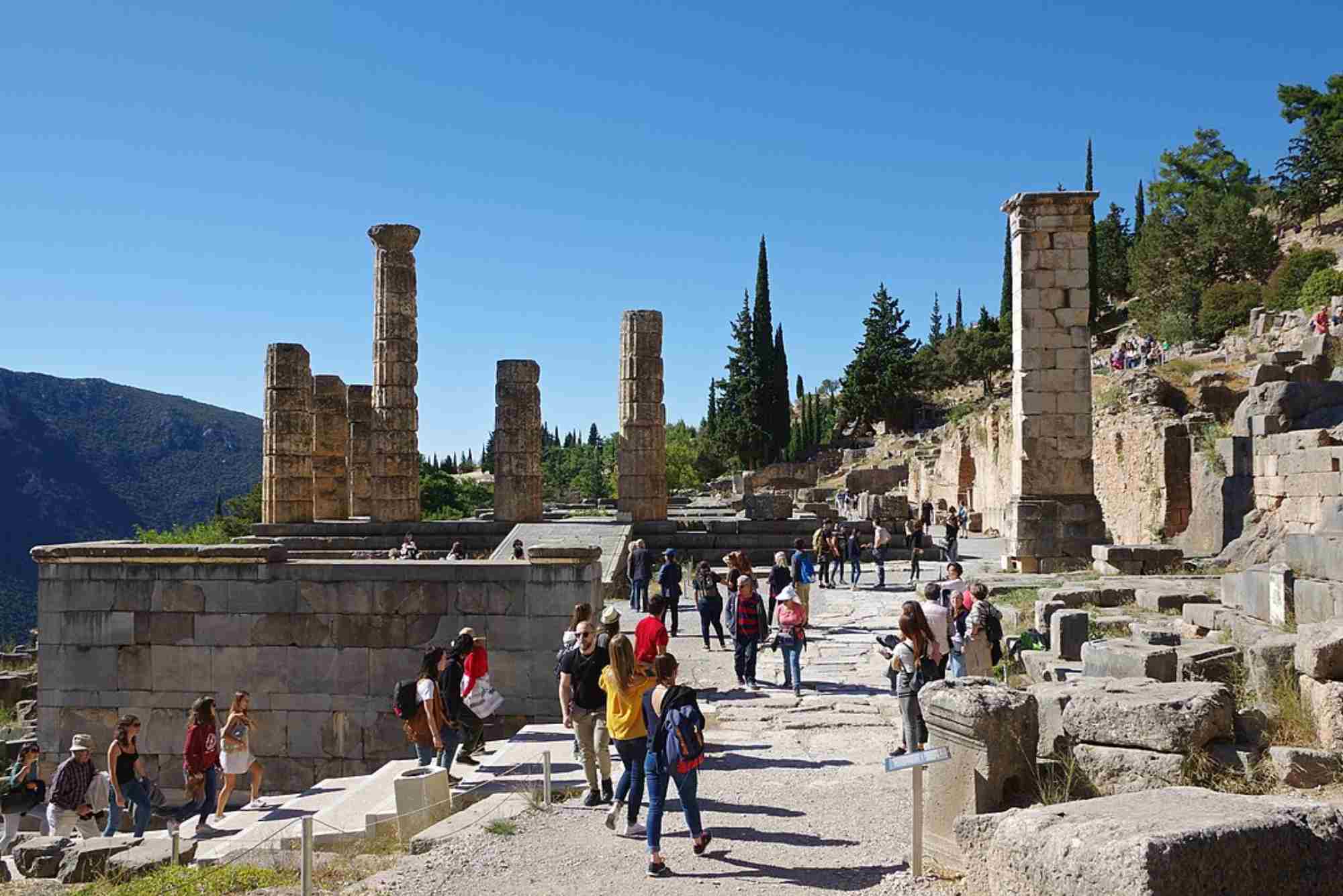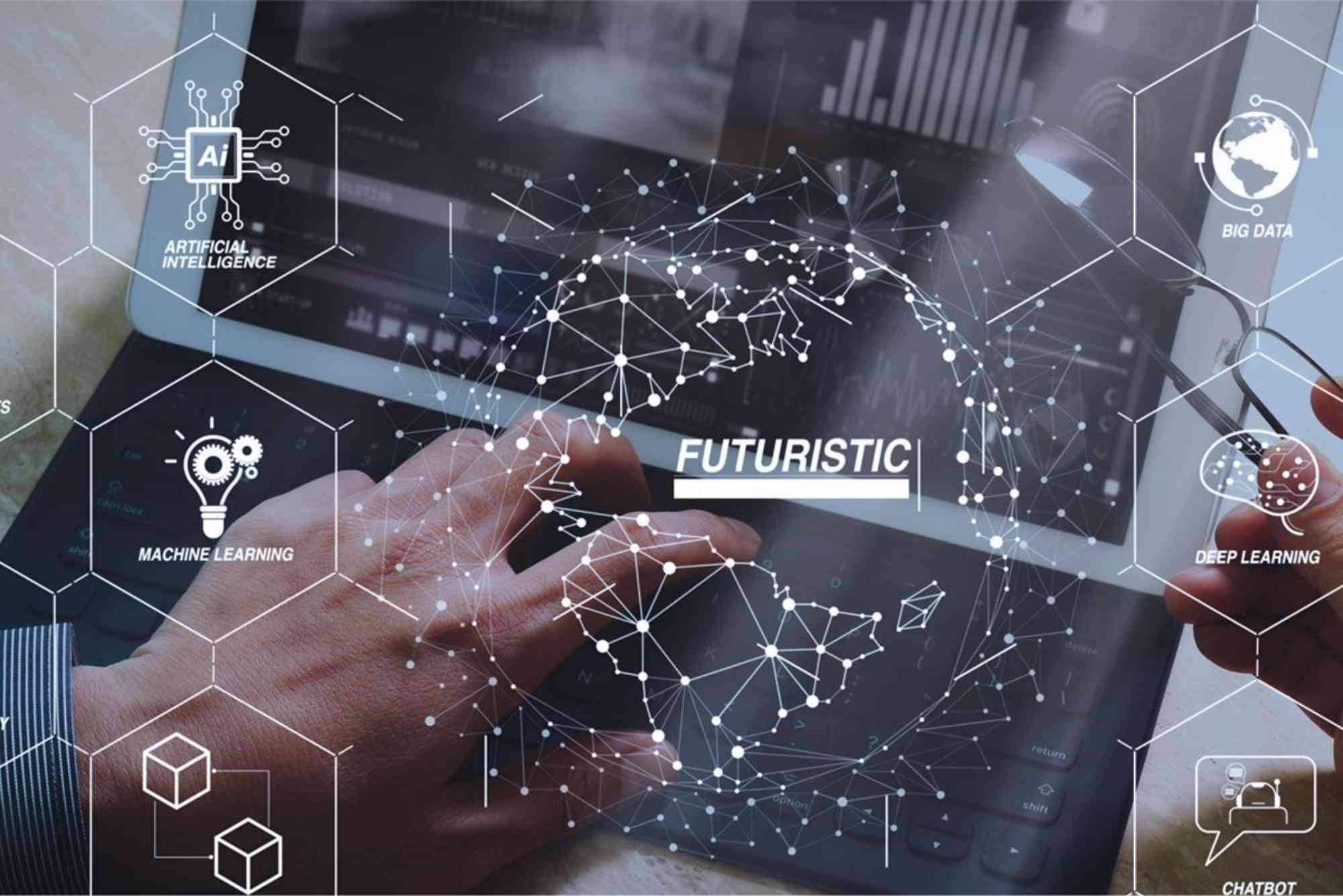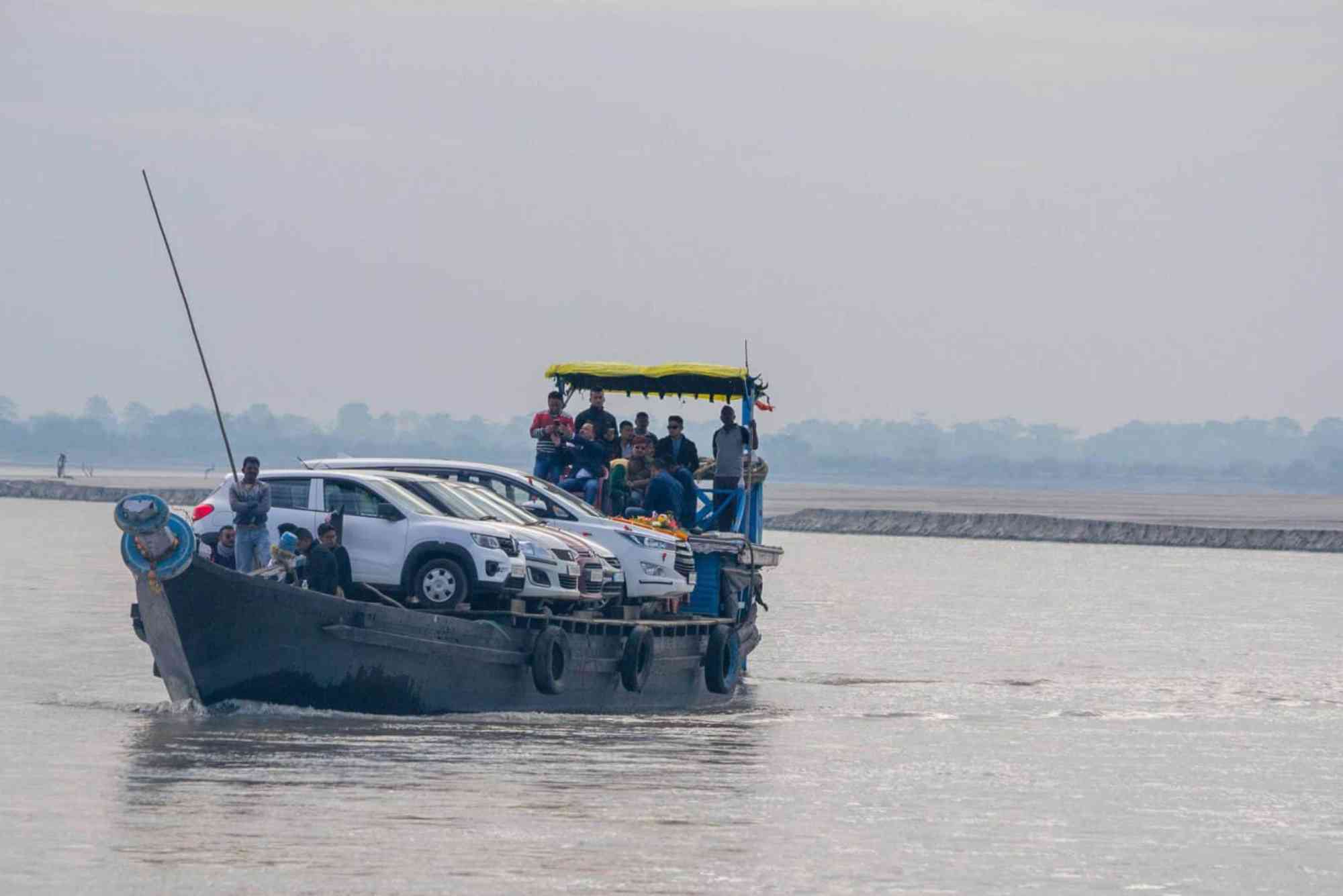What You Need to Know About Travel and Tourism – A Wikipedia Overview
Travel and tourism are essential components of modern life. They not only represent leisure and adventure but also serve as powerful drivers of global economic, cultural, and social exchange. Whether it’s a family vacation, business trip, or cultural expedition, the world of travel and tourism is vast and constantly evolving. This comprehensive overview offers insights similar to what you’d find on Travel and Tourism Wikipedia pages but with greater clarity, structure, and helpful context.
In this article, we’ll explore the origins, definitions, types, and significance of travel and tourism. We’ll also touch upon how modern trends, technologies, and global events have shaped the industry today. If you’ve ever searched for “travel and tourism Wikipedia,” this guide is crafted to give you an informative, SEO-friendly summary with real-world relevance.
What Is Travel and Tourism?
Travel involves the movement of people between geographical locations, while tourism refers specifically to the activity of traveling for pleasure, business, or other purposes, usually for more than 24 hours but less than one year.
The term “travel and tourism” often appears together because they are interdependent. Tourism cannot exist without travel, and travel is significantly influenced by tourism trends, infrastructure, and demand.
Tourism typically includes activities like accommodation, food and drink, entertainment, transportation, and other services provided to travelers.
The History of Travel and Tourism
Travel has been a part of human life since the beginning of civilization. In ancient times, people traveled for trade, conquest, or pilgrimage. The Romans built extensive road networks for military and trade purposes, indirectly encouraging leisure travel among the wealthy.
During the Middle Ages, travel became more restricted due to wars and unstable governance. However, pilgrimages and explorations kept the spirit of travel alive.
The Renaissance saw a revival in curiosity and cultural exploration. Wealthy Europeans began the “Grand Tour,” an educational journey across key European cities.
Modern tourism emerged in the 19th century with the rise of railways, steamships, and better roads. Thomas Cook, often credited as the father of modern tourism, organized the first package tour in 1841. Air travel in the 20th century further revolutionized tourism, making it accessible to the middle class.
Types of Travel and Tourism
Domestic vs. International Tourism
Domestic tourism involves residents traveling within their own country, while international tourism involves crossing borders. Domestic tourism is often more resilient during crises like pandemics or political unrest.
Leisure and Recreational Tourism
This is the most popular type. It includes beach vacations, sightseeing, adventure travel, and relaxation. People travel to unwind, explore new cultures, or engage in hobbies like hiking or diving.
Business Tourism
Also known as MICE (Meetings, Incentives, Conferences, and Exhibitions), business tourism includes travel related to work. It is less seasonal than leisure tourism and often occurs in urban areas with advanced infrastructure.
Cultural and Heritage Tourism
Travel to experience historical landmarks, festivals, museums, and cultural practices. This type plays a key role in preserving and promoting local traditions.
Eco and Sustainable Tourism
A growing niche, eco-tourism emphasizes responsible travel to natural areas that conserves the environment and improves the well-being of local people.
Economic Importance of Travel and Tourism
The global tourism industry contributes over 10% to world GDP and supports hundreds of millions of jobs. From airlines and hotels to tour operators and local artisans, many sectors benefit from tourism.
Countries like Thailand, Maldives, and France depend heavily on tourism revenue. It fuels infrastructure development, creates employment, and drives foreign investment.
However, tourism can also strain local resources, increase pollution, and lead to over-tourism if not managed properly.
Social and Cultural Impact
Tourism fosters cultural exchange, enhances mutual understanding, and promotes global peace. Meeting people from different cultures can challenge stereotypes and broaden perspectives.
On the downside, poorly managed tourism can lead to cultural commodification, where local traditions are altered or staged just to entertain tourists.
Technological Transformation in Tourism
Technology has redefined travel planning and experience. Online booking platforms, mobile apps, and digital maps have made traveling easier and more personalized.
Virtual tours, AI-powered customer support, and real-time translation apps are making destinations more accessible, even to first-time travelers.
Social media also plays a huge role. Influencers shape travel trends, and user-generated reviews guide decisions more than traditional advertising.
Current Trends in Travel and Tourism
Post-pandemic recovery has seen shifts in how and why people travel. There’s a rising preference for:
- Slow travel, where tourists spend more time in fewer places.
- Workcations, blending remote work with travel.
- Sustainable tourism, focusing on minimal environmental impact and meaningful local interactions.
Tourism is also adapting to increased health awareness, contactless services, and digital identity systems for easier border controls.
Challenges Facing the Tourism Industry
Despite its benefits, tourism faces numerous challenges. These include:
- Environmental degradation
- Political instability
- Pandemics and health crises
- Currency fluctuations
- Visa restrictions
Climate change, in particular, poses a significant threat. Melting glaciers, rising sea levels, and extreme weather are already affecting popular destinations.
Role of Organizations and Governance
Many global and local bodies monitor, promote, and regulate travel and tourism. The United Nations World Tourism Organization (UNWTO) is the leading international agency.
Governments also play a key role by providing infrastructure, ensuring safety, and setting visa policies that influence travel volumes.
Public-private partnerships are becoming more common to ensure sustainable development of tourism sectors.
Travel and Tourism Wikipedia vs. Real-World Insight
The Travel and Tourism Wikipedia page offers an informative overview, but it’s often academic in tone and may miss practical updates or real-life insights.
This guide complements Wikipedia-style information by adding current trends, real-world examples, and actionable insights for both casual readers and industry professionals.
Whether you’re a student researching travel and tourism Wikipedia-style summaries or a traveler planning your next trip, understanding these concepts adds value to your journey.
Travel and tourism have grown into a global phenomenon that shapes economies, cultures, and individual experiences. From ancient pilgrimages to modern workcations, the industry continues to evolve. While challenges exist, innovation and sustainable practices offer hope for a more inclusive and responsible future.
FAQs
What is the definition of travel and tourism according to Wikipedia?
Travel is the movement of people from one place to another. Tourism refers specifically to travel for pleasure, business, or cultural purposes, usually over 24 hours but less than one year.
Why is travel and tourism important?
It boosts the global economy, creates jobs, and encourages cultural exchange. It also promotes infrastructure development and global connectivity.
What are the main types of tourism?
Common types include leisure, business, cultural, eco-tourism, and domestic or international travel.
What is the difference between travel and tourism?
Travel is the general act of moving from place to place, while tourism involves organized travel, usually for leisure or business, with supporting services like accommodation and tours.
How does technology impact tourism today?
Technology simplifies booking, enhances the traveler experience, and enables smarter travel through apps, digital payment systems, and real-time updates.





